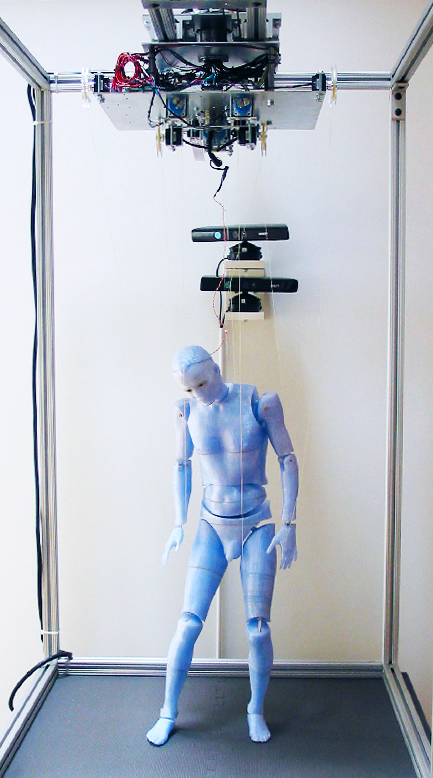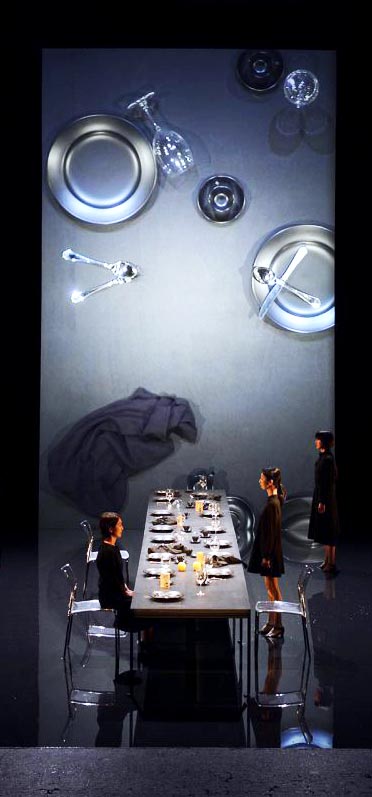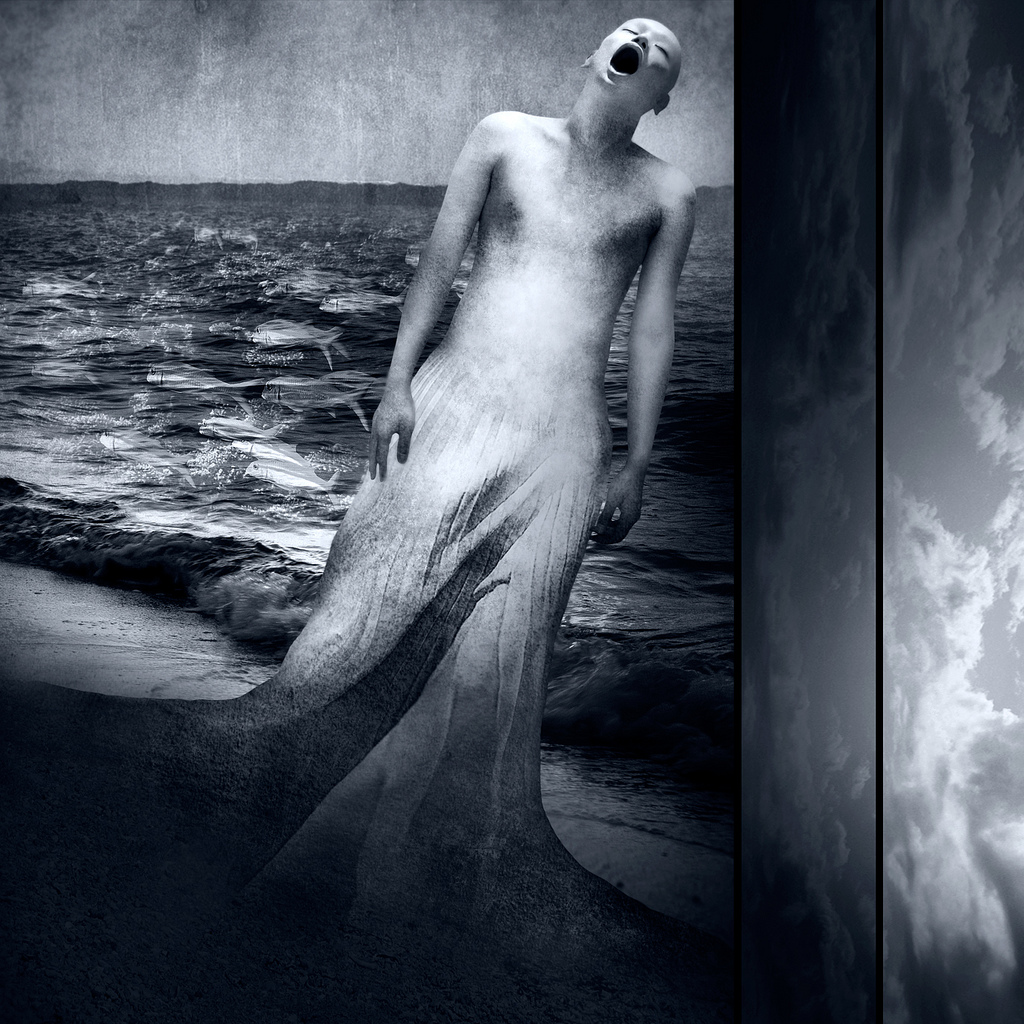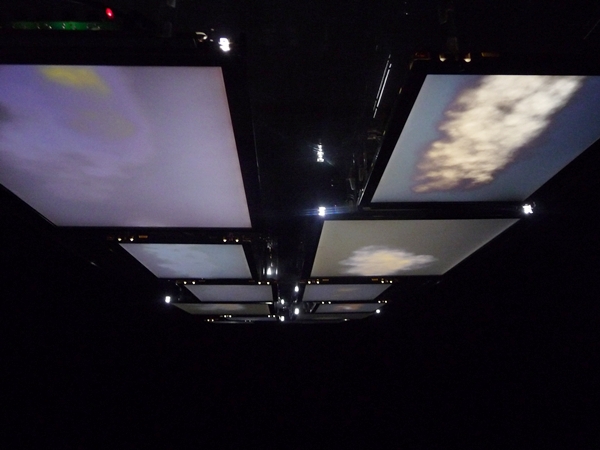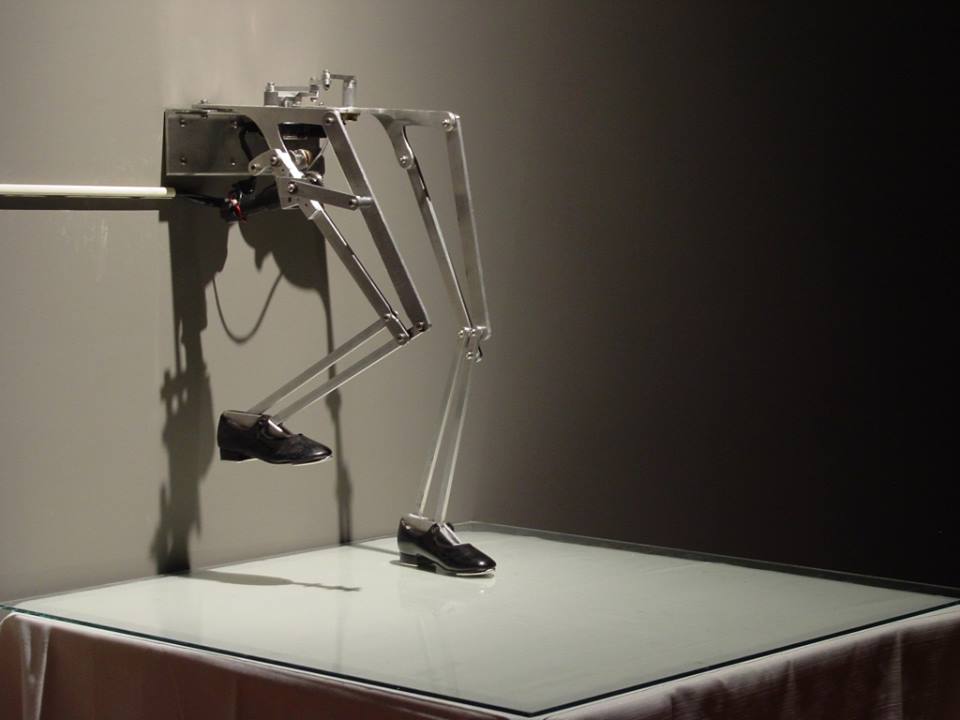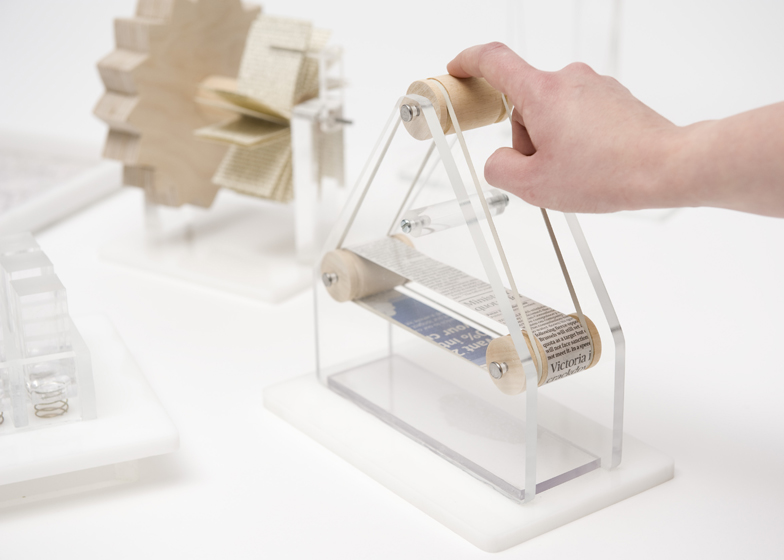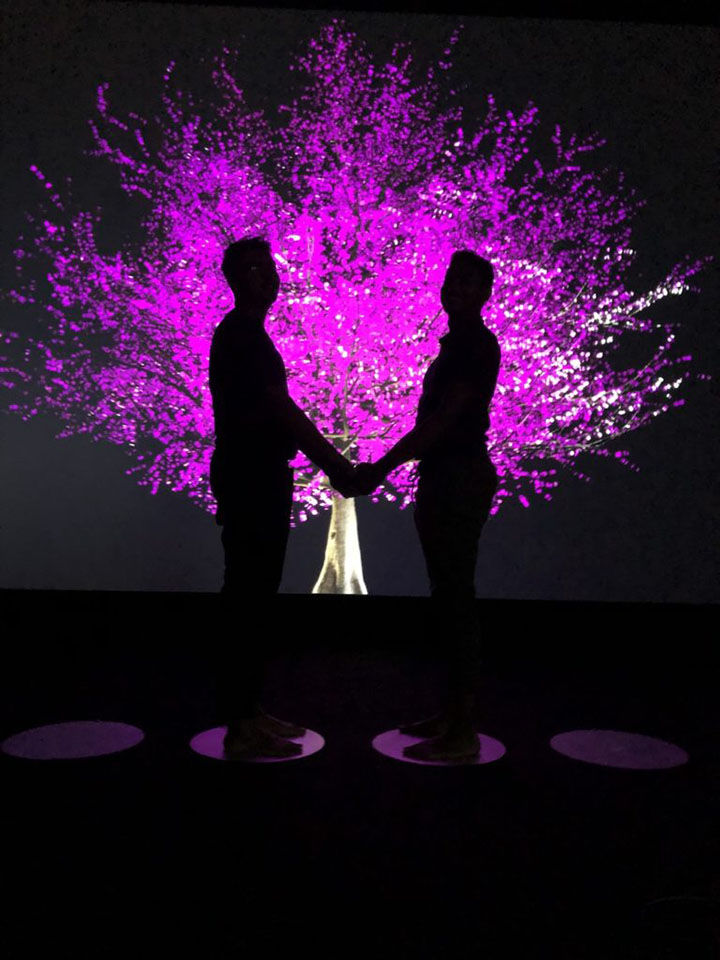
Lisa Park
Blooming
“Blooming” is an interactive audiovisual installation that highlights the importance of human connection. It takes the form of a life-size 3D Cherry blossom tree, which is a common symbol of social ties and transience of life in East Asian culture. As a response to participants’ skin-to-skin contacts, heart rate, and gestures, “Blooming” blossoms according to their intimacy. As audience members hold hands or embrace, the digital Cherry tree flowers bloom and scatter. When they let go off their physical contacts, the flower return to its pre-bloom state. The color of the flowers turns white or red based on participants’ heart rate as they interact with each other. (the faster the heart rate, the redder the tonality; the slower the heart rate, the whiter the tonality). In addition to the visual responses, sounds are also modulated according to the tree’s different stages: pre-bloom, blooming, petals falling.
